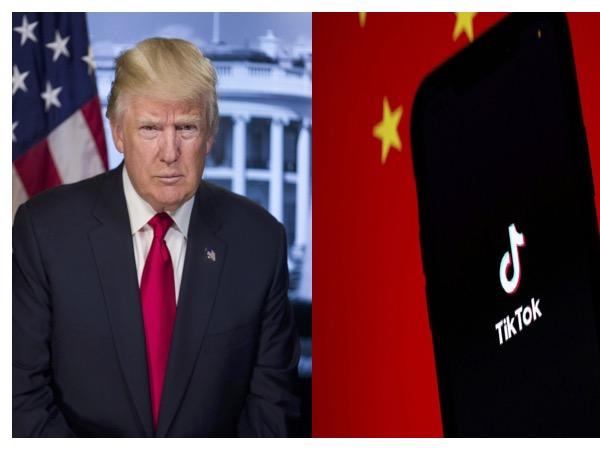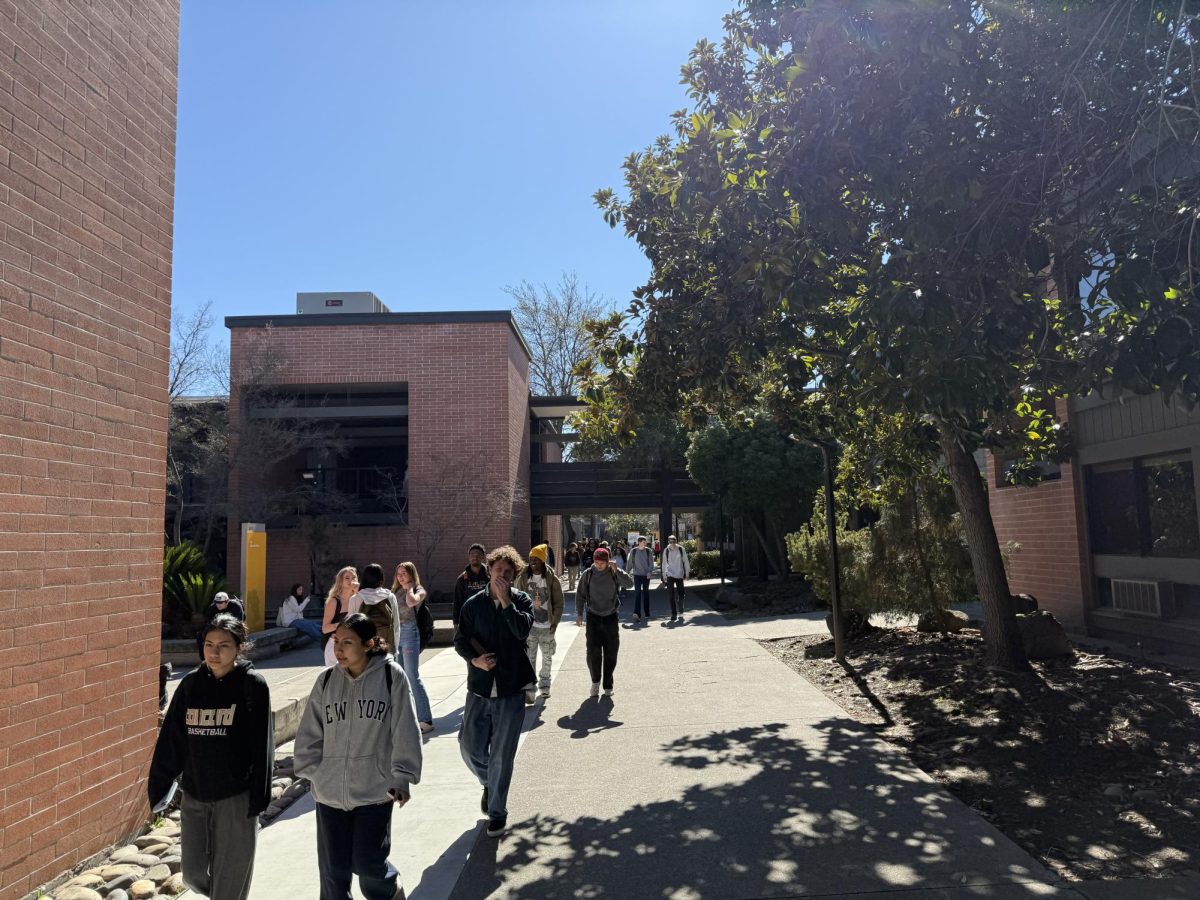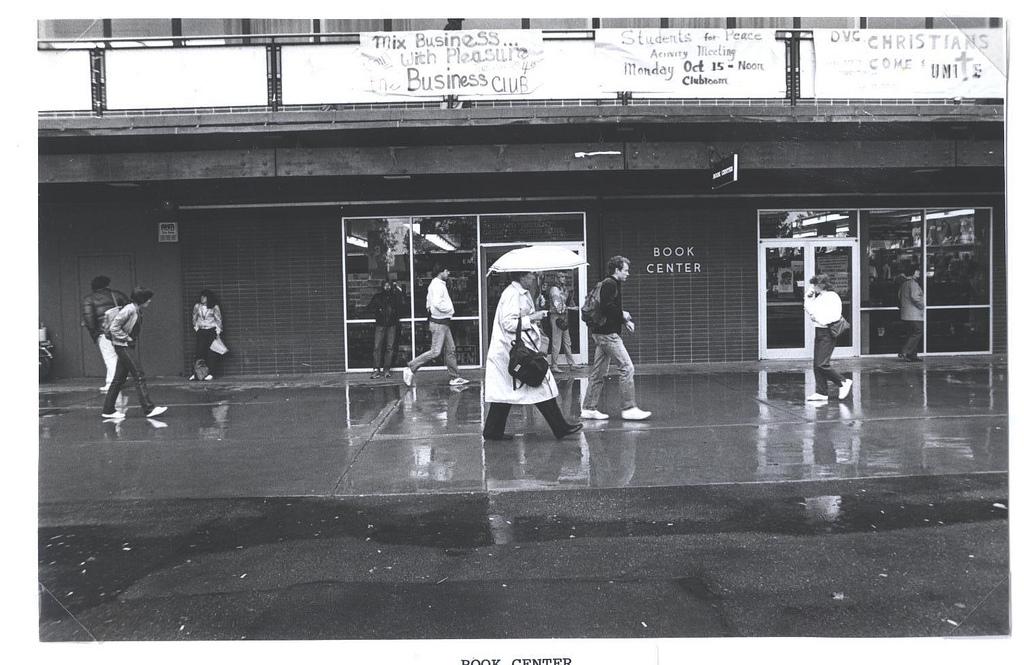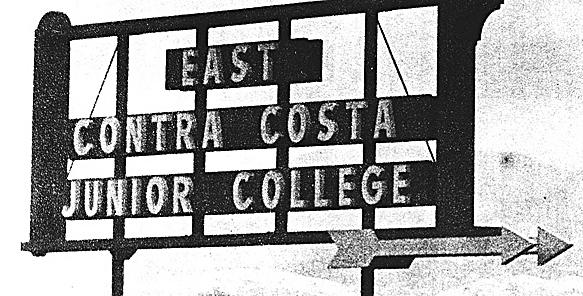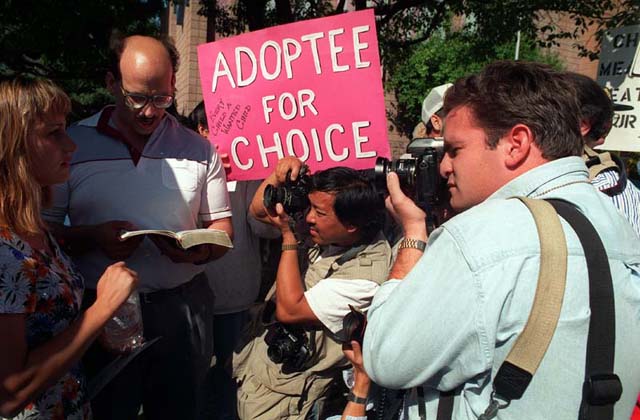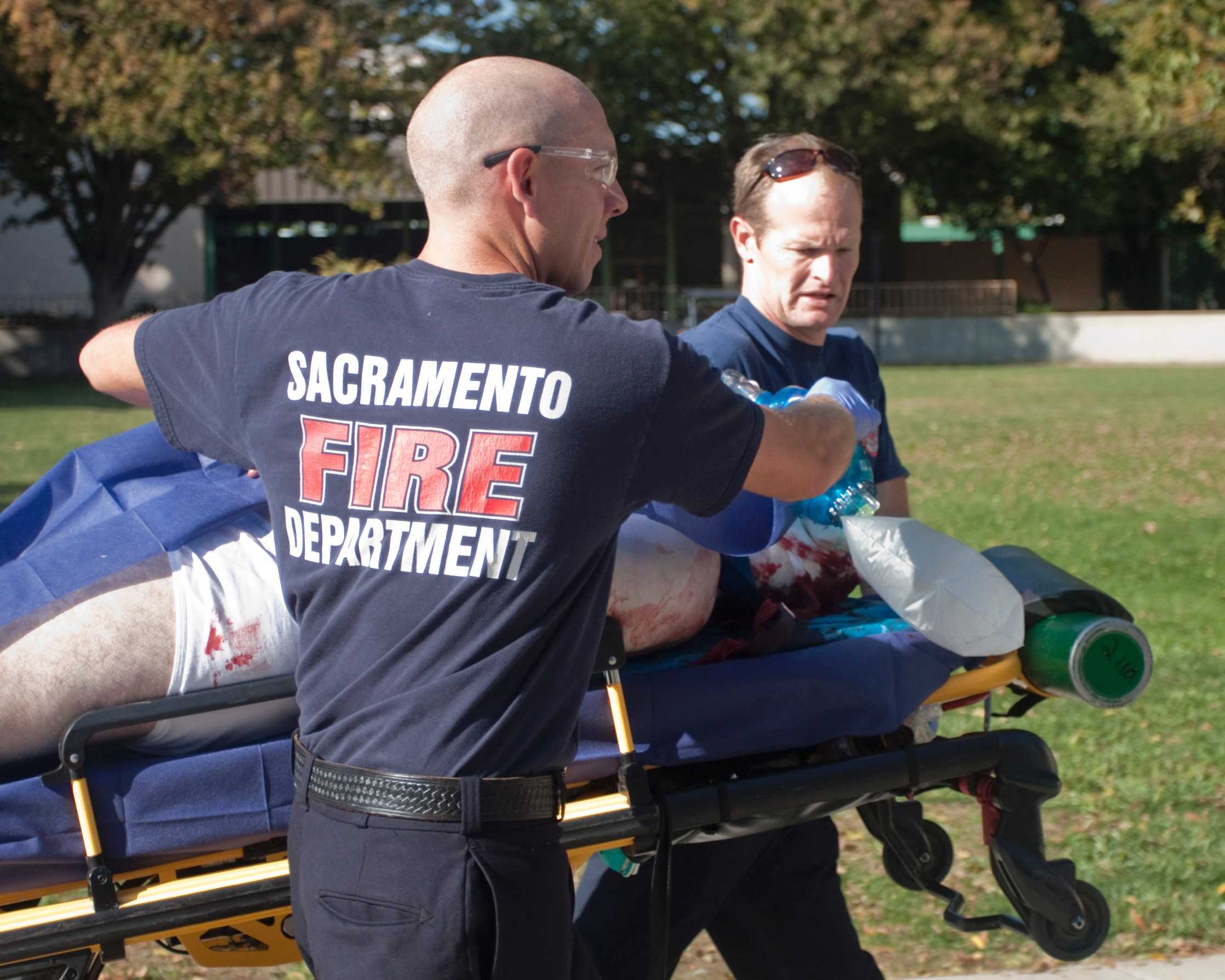60 years of Inquirer history, Part 3: Inquirer alumni succeed on global stage
November 20, 2009
Whenever Chelsea Carter leaves the protection of Baghdad’s Green Zone, she is escorted by armed military guards and wears a Kevlar vest and a full head scarf.
As a journalist working for the Associated Press, her stories cover everything from the investigation by Mosul police into the killing of an American officer and his interpreter, allegedly by two Mosul policemen, to the return to Iraq of wounded U.S. soldiers to relieve their post traumatic stress.
Her stories are printed in newspapers and websites around the world.
This is a far cry from DVC, where Carter was sports editor and editor in chief at The Inquirer in the early 1990s.
There, her news stories varied from the mundane an altercation that broke out during an on-campus National Coming Out Day celebration.
“She was one of the most dedicated people,” recalls former Inquirer adviser Barbara Sawyer. “She would do just about anything you asked.”
After graduating from Sacramento State University and working as a reporter for the “Lodi News Sentinel” and the “Sacramento Union,” Carter joined the AP in 1996.
She won the John L. Dougherty Award, given to AP reporters early in their career, and was named a national writer in 2003.
Of her relationship with former students, Sawyer says. “You have lasting bonds, and people come back to see you even years later.”
Sawyer saw Carter this month when she briefly returned to Sacramento State to talk to journalism students, but she was not available for interviews.
Sawyer succeeded Jim Jacobs as faculty adviser in 1986 and left in 1994 to become president of the Faculty Senate.
As a professional journalist, Kristin Bender has interviewed presidents and celebrities, but she still remembers her anxiety before interviewing “higher-up people” in 1987.
She attributes her decision to become a journalist to The Inquirer, where she got one-on-one attention from Sawyer and worked “late into the night” with a small core of dedicated students.
Bender now works at the “Contra Costa Times” and has published stories in “Maxim” and other magazines.
Sawyer oversaw the transition away from typewriters, beginning with a single computer she brought from home.
Although it was called a “portable,” this early computer weighed so much “it was really a ‘luggable,'” Sawyer recalls, laughing.
The newspaper also received a facelift, with students redesigning everything, even the name.
What had been known for years as “The Diablo Valley College Enquirer” became “The “Inquirer.”
Chris Honeck, who joined in 1990, spearheaded this shift to separate the student newspaper from the sensationalistic tabloid, the “National Enquirer.”
By this time, the staff was designing Inquirer pages on computers, using a program called “Adobe PageMaker.”
They would then print out the copy paste it onto “boards” and deliver it to the printer later that night.
Now a technical writer, Honeck says his time here prepared him for a deadline-driven career.
On staff between 1990 and 1992, Chris Vognar (described by Honeck as “a diehard liberal out of Berkeley”) preferred writing movie reviews, but he remembers most clearly the story he wrote after a DVC instructor’s teenage son committed suicide.
“Instead of doing a newsy thing,” he recalls, “I tried to talk to more people who knew [him].”
Vognar, now a movie critic for the “Dallas Morning News,” says he wasn’t sure he wanted to become a journalist until he joined The Inquirer.
“You have an inkling of what you want to do,” he says, “and then you get immersed in it.”
Bo Mehrad, who joined in 1990, is a commercial and documentary director.
“It was our paper,” he says. “The editor in chief ran the staff meetings and kept us in check.”
David Lowe-Rogstad, photographer and photo chief from 1990 to 1992, recalls hiking up “Cardiac Hill” every time he needed to develop a photograph.
“The original [darkroom] was up in this goofy little closet in the observatory across campus,” he says.
Despite the primitive equipment, the staff won General Excellence and other awards at annual journalism conferences.
Lowe-Rogstad is now a partner in an interactive branding agency.
Glenn Roberts, who joined in 1992, remembers the campus as fairly quiet.
“It wasn’t the ’60s,” he says, “but some interesting things were going on.”
Roberts, who currently works for a national real estate news website, says the staff used to go to Denny’s late at night after finishing production.
To make it to classes the next day, they snuck back into the lab to get a few uncomfortable hours of sleep, pulling chairs together to use as beds.
“Those all-nighters were some of our inglorious moments,” Roberts says.
(Oksana Yurovsky and Julie George contributed to this article)












